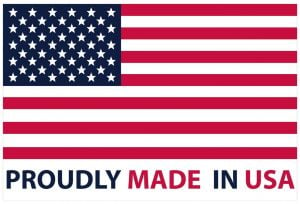**Press Release: Possibility Junction LLC Launches New Website to Expand Access to Mental Health and Wellness Services**
*November, 2023 – Longwood, Fl* – Possibility Junction LLC, led by experienced Licensed Mental Health Counselor and Master Certified Addictions Professional Yolanda Carter, is thrilled to announce the launch of its new website, https://possibilityjunction.net. This digital platform is designed to provide individuals and couples with easy access to high-quality mental health services, valuable resources, and a supportive space for their journey toward well-being.
Possibility Junction LLC specializes in treating a range of mental health concerns, including substance abuse, depression, anxiety, trauma, relationship, and individual issues. With over 14 years of experience in mental health, Yolanda Carter, a Black Caribbean woman with a deep commitment to accessible, inclusive care, offers both virtual and in-person counseling sessions tailored to the unique needs of each client.
The newly launched website features user-friendly navigation and comprehensive information on available services, making it easier than ever for clients to explore counseling options, learn more about Yolanda’s background and approach, and book appointments. It also provides an overview of Possibility Junction’s commitment to holistic and empathetic care, emphasizing the importance of culturally responsive and personalized support.
“Possibility Junction’s new website is an extension of our commitment to helping individuals and couples access the mental health support they need,” said Yolanda Carter, owner and operator of Possibility Junction LLC. “Our goal is to make reaching out for help as comfortable as possible, whether clients prefer virtual sessions or face-to-face appointments.”
Highlights of the new website include:
- Detailed Service Descriptions**: Information about Possibility Junction’s expertise in substance abuse treatment, trauma recovery, relationship counseling, and support for depression and anxiety.
- Easy Online Scheduling**: The ability to conveniently book virtual or in-person sessions.
- Resource Section**: Upcoming plans to share articles and guides to provide clients with mental health resources and coping strategies.
Possibility Junction LLC welcomes individuals and couples to explore the website and reach out for a consultation. With this launch, Yolanda Carter continues her mission to provide supportive and compassionate care to those seeking help in their mental health journey.
For more information, visit https://possibilityjunction.net and take the first step toward a healthier, more balanced life.



